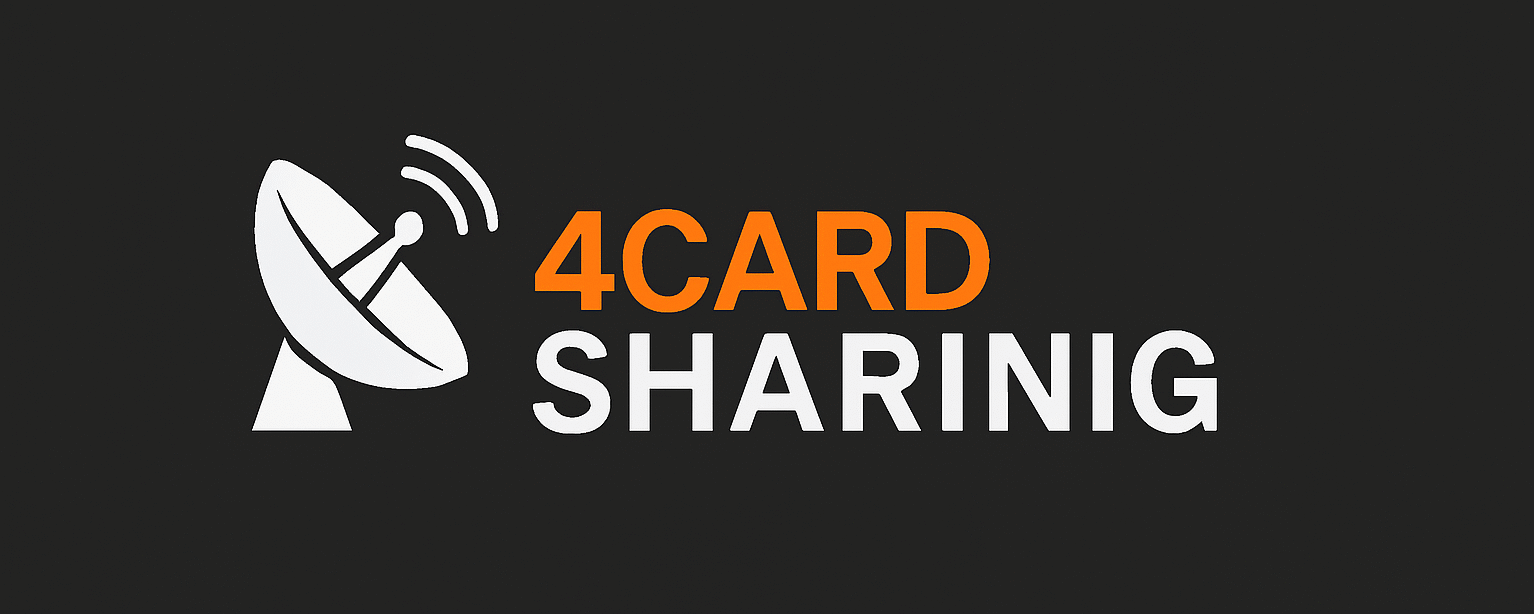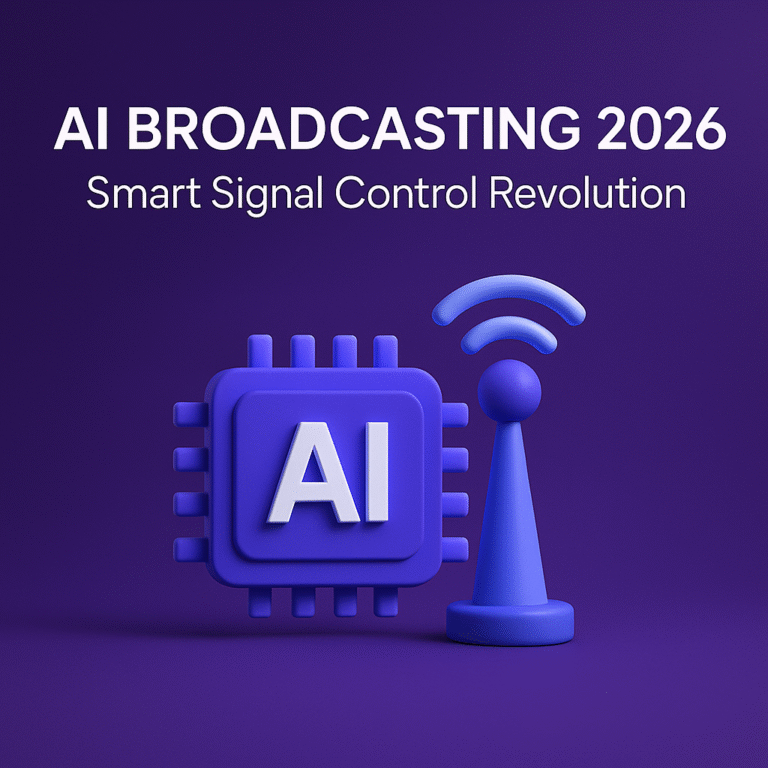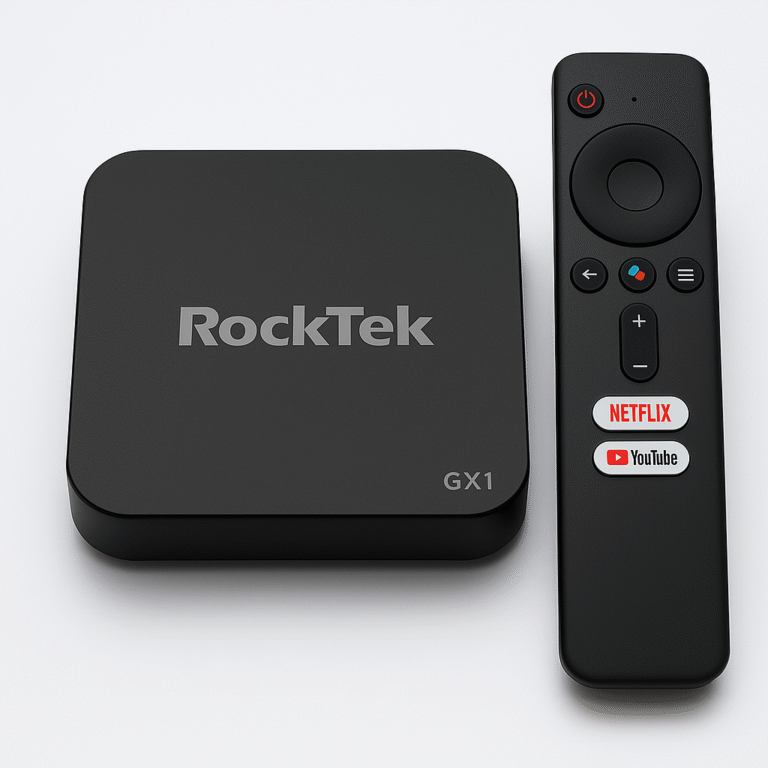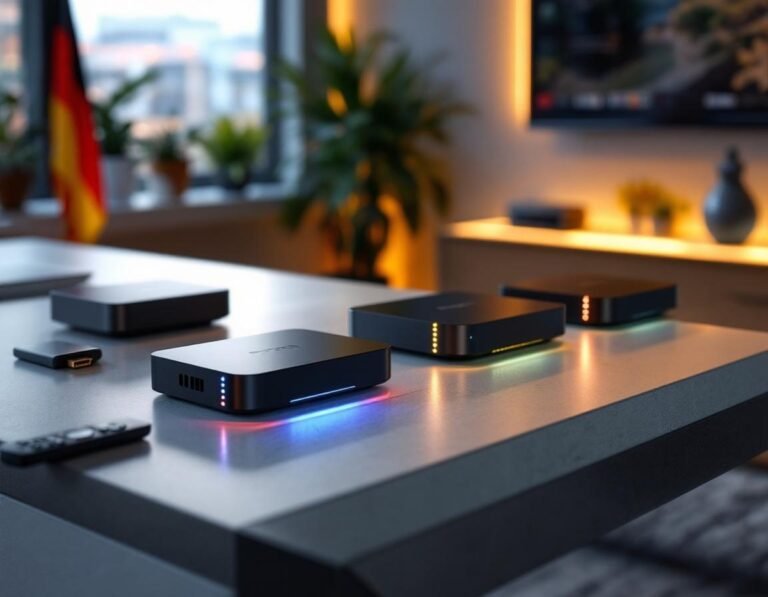Why the Apple TV App is Better on Android than iPhone

User Interface and Navigation Differences
The Apple TV app presents itself distinctively on Android compared to the iPhone, particularly in terms of user interface (UI) and navigation. One of the key advantages of the Android version is its intuitive layout, which simplifies access to a variety of content offerings. Unlike the iPhone app, where navigation can sometimes feel convoluted due to the limitations of the screen size and static icons, the Android iteration provides a more expansive and visually appealing interface, facilitating easier access to shows, movies, and personalized recommendations.
Organization of content is another area where the Android version excels. The app arranges categories and collections in a way that is coherent and user-friendly. Users can swiftly toggle through an array of genres, curated lists, and trending titles without encountering the cramped or overwhelming feel that can occur on smaller screens. Additionally, the inclusion of tabs and sections enables users to find their preferences effortlessly, making the overall experience much more enjoyable.
Moreover, the customizable features on Android enhance the user experience further. The app allows users to tailor their viewing preferences, offering options such as favorite shows, watchlists, and notifications for new releases. This level of personalization is less prominent in the iPhone version, where such features may be limited or harder to locate. Android users benefit from a fluid experience that empowers them to have control over their viewing habits, contributing to an enriched engagement with the Apple TV app.
Ultimately, the Apple TV app on Android stands out in terms of user interface and navigation due to its intuitive layout, thoughtful content organization, and customizable features, providing a user-friendly experience that many users prefer over the iPhone counterpart.
Performance and Compatibility
The Apple TV app has garnered attention for its performance and compatibility, particularly when compared to its functionality on the iPhone. One of the most notable advantages of using the app on Android is the significantly faster load times that many users experience. This is largely attributed to Android’s diverse range of hardware configurations, which can be optimized based on the specific device’s capabilities. Users with high-performance Android devices often report a noticeable speed increase when launching the Apple TV app, allowing for a more seamless experience from the outset.
Streaming capabilities also see marked improvements on Android devices. Enhanced hardware specifications in many Android smartphones and tablets enable smoother streaming, even at higher resolutions. For example, users with devices equipped with advanced processing power and graphics capabilities are more likely to enjoy uninterrupted streaming, as the app can leverage the available resources for optimal performance. On the contrary, the iPhone, though generally robust, may not exhibit the same level of flexibility and efficiency, especially when it comes to streaming high-definition content.
Furthermore, the Apple TV app’s compatibility on Android is particularly noteworthy. Unlike the iPhone’s restricted hardware ecosystem, which limits customization and performance variations, Android offers an extensive array of devices that can cater to diverse user needs. This broad spectrum of compatibility means that the app can adapt to various screen sizes and resolutions, thus providing a tailored viewing experience for each device. In essence, Android’s hardware versatility allows the Apple TV app to exploit its full potential, making performance nuances evident. Overall, users may find that they can achieve a superior experience when accessing Apple TV on Android devices compared to their iPhone counterparts.
Exclusive Features and Integrations
The Apple TV app presents a range of unique features and integrations when accessed on Android devices. These enhancements not only broaden the usability of the app but also significantly enrich the overall viewing experience. One of the most notable advantages is its seamless compatibility with Google Assistant. This integration allows users to leverage voice commands for hands-free navigation and control, offering a level of convenience that iPhone users typically do not experience. Users can search for shows, control playback, and even manage device settings through simple voice prompts, thereby simplifying the interaction with the app.
Moreover, the Apple TV app on Android exhibits superior compatibility with other popular applications prevalent on the platform. For instance, users can easily share content from streaming services like YouTube or Netflix directly to the Apple TV app, a feature that enhances cross-app functionality. This interoperability fosters a more integrated entertainment environment, allowing users to access their favorite content without the need to switch between different services. Additionally, Android devices often possess hardware features, such as expandable storage and diverse screen sizes, enabling the Apple TV app to utilize these capabilities in ways that are less feasible on the iPhone.
Furthermore, Android’s more flexible operating system allows developers to introduce options such as customizable interfaces and unique viewing modes, potentially providing users with tailored experiences. These exclusive offerings signify a concerted effort to maximize the app’s performance on Android devices, thereby granting users a distinct competitive edge when it comes to home entertainment options. Overall, the Apple TV app on Android not only brings established features but also embraces the strength of the Android ecosystem, creating a holistic approach to media consumption. As the app continually evolves, users can anticipate even more groundbreaking integrations in the future.
User Feedback and Community Opinions
User feedback plays a crucial role in evaluating the performance and functionality of applications across different platforms. In the case of the Apple TV app, opinions vary considerably among users who utilize the app on Android devices compared to their experiences on iPhones. Many reviews from the Google Play Store indicate a favorable reception for the Apple TV app on Android, with users praising features such as smoother streaming, better integration with other Android services, and a more intuitive user interface. These positive remarks highlight the adaptability of the app on Android devices.
Conversely, discussions on forums and social media reveal a mixed sentiment regarding the app’s performance on iPhones. Several users have reported issues such as slower loading times, occasional crashes, and limited functionality, which detracts from their overall viewing experience. Many iPhone users express frustration with these bugs, contrasting their expectations based on Apple’s reputation for user-friendly applications. Some enthusiasts feel that the Apple TV app on iOS lacks certain features that are seamlessly available in the Android version.
The sentiment toward the Apple TV app is further reflected in comparative ratings. While the Android version generally receives higher ratings, the iPhone app tends to struggle to maintain a solid rating due to the aforementioned issues. User comments frequently point out that the app feels less optimized for iPhone users, leading to dissatisfaction. It is evident from community opinions that while the Apple brand is widely cherished, the performance of the Apple TV app on iPhones does not meet the same standards set by its Android counterpart. This broad spectrum of user feedback emphasizes a common preference for the Android version of the app, thus providing insightful context into the discussion of platform superiority.






![How to Watch Squid Game in Sweden Without Netflix [2025 Guide]](https://www.4cardsharing.net/wp-content/uploads/2025/08/swedish-apartment-anime-night-cityscape-768x597.jpg)